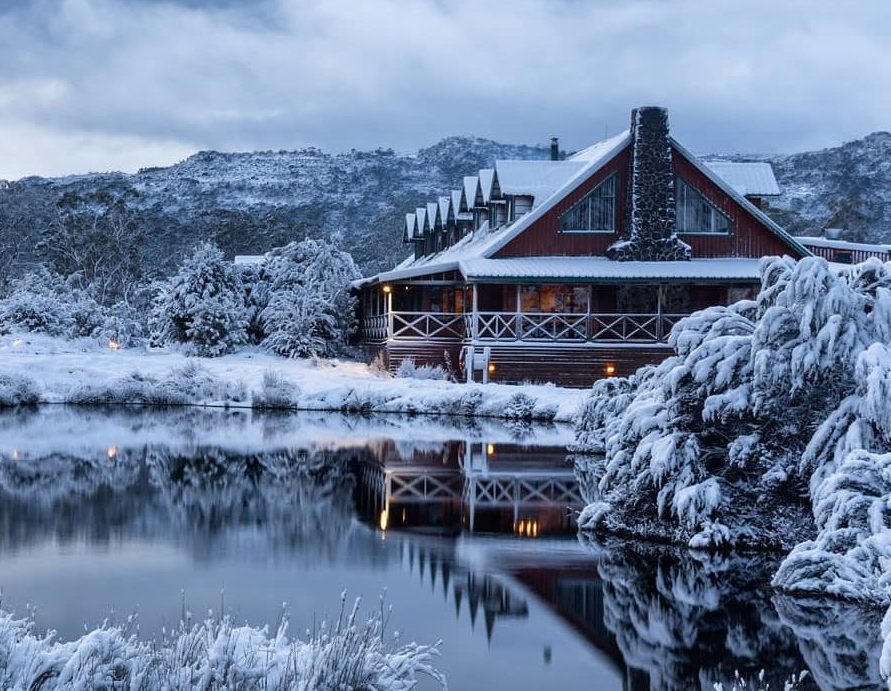Find Out Which Parts Get the Heaviest Snow In Australia During the Winter Months
Find Out Which Parts Get the Heaviest Snow In Australia During the Winter Months
Blog Article
Discover the Fascinating Results of Snow in Australia on Local Ecological Communities
In spite of its track record for sun-soaked landscapes, Australia also flaunts areas buried by snow-- a sensation that profoundly affects the country's unique environments. The protecting buildings of snows protect plants and animals in the middle of the chilliest winter seasons, while the melting snow nurtures rivers and water life.
The Unforeseen Regions of Snowfall in Australia
Although Australia is frequently related to sandy beaches and sun-scorched landscapes, particular regions surprisingly experience snowfall. The high country areas of New South Wales, Victoria, and Tasmania are specifically understood for their winter snow. The Snowy Hills in NSW, for circumstances, receive plentiful seasonal snow, supplying a raw comparison to the nation's common hot, arid climate. At the same time, the Victorian Alps and components of Tasmania also see annual snowfalls, transforming the landscape right into a winter season paradise. These areas are not just abnormalities yet important parts of Australia's varied climate system. The existence of snow in these regions considerably influences neighborhood ecosystems, consequently impacting the country's one-of-a-kind biodiversity. The particular influence on Australia's distinctive plants will certainly be talked about in the next area.

Just How Snow Impacts Australia's Special Flora
While it may seem unusual, snowfall in Australia plays a crucial role in forming the country's one-of-a-kind plants. The snow-filled winter seasons foster resilience in Australian plant species. This is specifically apparent in the sub-alpine and towering regions, where snow periodontals and hill plum-pines flourish. These plants have evolved to make it through in severe problems, with snow acting as a protective blanket from freezing temperature levels and harsh winds. The snow additionally adds to the moisture material of the soil, supplying required hydration for plant during the completely dry summer season. Basically, the snow influences the timing of flowering and seed dispersal, the development prices, and the survival of many plant types, showcasing the complex interplay in between climate and flora in Australia.

The Adaptations of Australian Animal to Snowfall
Simply as Australia's flora has adapted to the wintery problems, the neighborhood animals too, exhibit amazing adaptations to the snowfall. Types like the Hill Pygmy-possum, the only Australian marsupial understood to hibernate, have evolved methods to endure in snowy environments. It utilizes the snow as insulation, hibernating in rock holes beneath the snow to remain warm. In a similar way, the Snow Skink, a species of lizard, alters its colour to white during wintertime, offering camouflage versus killers. Birds such as the Snowy Hills' Crimson Rosella additionally change their diet regimens to consume available food sources during cooler durations. Thus, regardless of the extreme conditions, Australian fauna demonstrates a resilient and adaptive nature, ensuring their survival in areas experiencing snowfall.
The Role of Snow fit Regional Communities
In forming the regional environments, the duty of snow in Australia is both profound and multilayered. It influences the distribution of flora and fauna, mainly specifying the biodiversity of sub-alpine and alpine regions. Snow offers a vital water source, feeding rivers and tanks as it melts, therefore sustaining a selection of aquatic life types. Furthermore, snow works as an insulator, safeguarding ground-dwelling organisms from severe cold. It plays a substantial role in soil formation and nutrient biking. The periodic freezing and thawing of dirt generated by snowfall promotes the break down of rocks, improving soil fertility. The presence of snow shapes the plant life patterns, animal actions, and overall sustainability of Australia's distinct ecological communities.

The Future of Snowfall in Australia: Forecasts and Effects

Given the vital function snow plays fit local communities, the future of snowfall in Australia is attracting increasing focus from scientists and environmentalists. Existing environment models forecast a considerable decline in snowfall as a result why not look here of international warming, with possibly extensive influences on neighborhood communities. Less snow could result in reduced water accessibility in alpine areas, adversely influencing wildlife habitats and plant. Additionally, it can alter the timing of seasonal modifications, interrupting the life process of many native species. The tourism industry, heavily reliant on the winter months snow period, may likewise encounter significant difficulties. Understanding these forecasts and their effects is crucial to create effective conservation methods, guaranteeing useful site the preservation of Australia's special biodiversity and the sustainability of its economic situation.
Final Thought
The role of snow in Australia's communities is essential yet often ignored. It serves as a protector, a nurturer, and a shaper of varied towering types, adding to the richness of Australia's high country. As weather patterns proceed to move, comprehending the implications and possible improvements of these snow-influenced environments is essential. Therefore, the snow in Australia is extra than an all-natural phenomenon; it's an essential gamer in the nation's environmental story.
Despite its online reputation for sun-soaked landscapes, Australia additionally flaunts regions blanketed by snow-- a sensation that profoundly influences the nation's special ecological communities. It uses the her response snow as insulation, hibernating in rock holes under the snow to remain warm - Does It Snow In Australia.In shaping the regional environments, the function of snow in Australia is both profound and multilayered. The visibility of snow forms the greenery patterns, pet behavior, and overall sustainability of Australia's distinct ecological communities
Given the important function snow plays in shaping regional ecosystems, the future of snowfall in Australia is drawing boosting interest from researchers and environmentalists.
Report this page